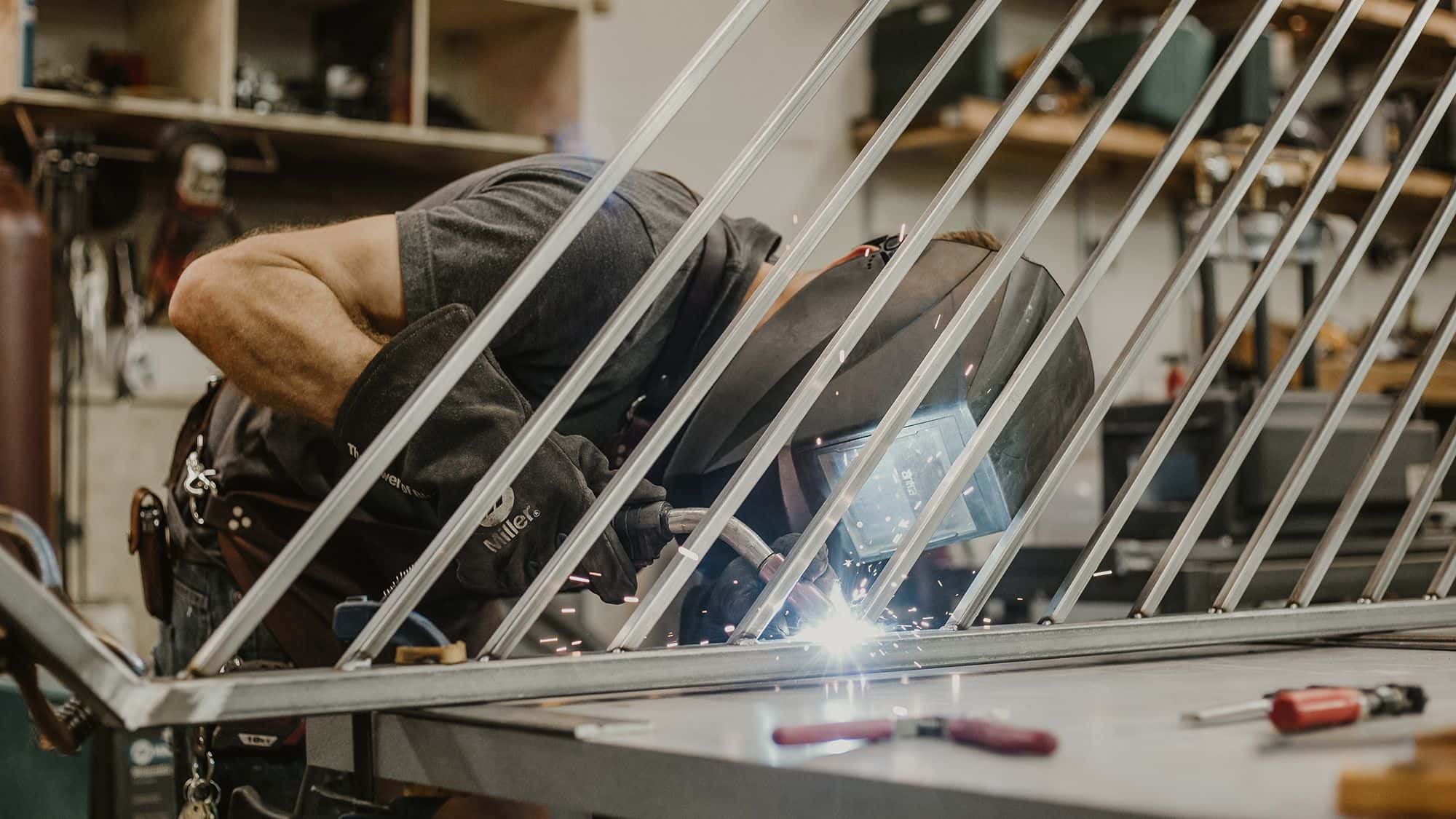Severe Workplace Injuries Caused by Negligence in Crane Operation
This case study examines a severe workplace injury incident involving a contracted welder at a steel manufacturing facility, where alleged negligence in electrical crane operations led to the welder's permanent disability.
Case Overview
In this case study, we examine a serious workplace injury incident involving a welder at a steel manufacturing facility. During the installation of machinery and piping, the welder needed to lift and maneuver heavy metal blocks with a Cleveland Bridge electrical crane. Despite warnings from factory employees about the malfunctioning auxiliary box, a 2000-pound block of metal fell from the crane due to the alleged faulty component. This accident led to catastrophic injuries for the welder, including an amputated leg and a shoulder injury resulting in permanent disability.
Post-incident, the Occupational Safety and Health Administration (OSHA) conducted an investigation, citing both the welder's employer and the steel manufacturing facility. The crux of the allegation is that the steel manufacturing facility negligently allowed the use of a broken crane. It also irresponsibly provided it to a contractor for operation.
Questions to the Crane expert and their responses
Can you briefly describe your professional background in electrical crane operations and safety?
I am a licensed professional engineer with extensive experience in electrical bridge cranes. My responsibilities in the industry include the installation, repair, certification, and operation of these cranes. As a forensic engineer for 27 years, I have consulted on numerous bridge crane accidents.
What safety standards apply to electrical crane maintenance and operations?
Several safety standards are crucial for maintaining and operating electrical cranes safely. These include the manufacturer's instructions, ASME B30 standards, and OSHA regulations. Adherence to these guidelines is paramount to safe crane operations.
Have you ever reviewed a similar case? If yes, please elaborate.
Yes, I have reviewed many cases similar to this, although no two cases are identical. One such case involved an electrical bridge crane equipped with two remote controllers. One of the controllers was known to be faulty, and most people at the facility knew not to use it. However, an employee removed it from its storage location, leading to a heavy load dropping and causing substantial property damage despite no injuries.
About the expert
This expert is a professional with over 30 years of experience in crane and heavy equipment operations, complemented by more than two decades in forensic engineering. They hold a BS in Mechanical Engineering and are a licensed professional engineer in multiple states, with NCEES registration. As a model engineer with the United States Council for International Engineering Practice, their extensive career includes designing crane systems, supervising installations, testing and certifying lifting equipment, and serving as a project engineer for nuclear weapon lifting and handling systems. This makes them highly relevant to this case study involving electrical crane operations.

E-014054
Specialties:
About the author
Find an expert witness near you
What State is your case in?
Subscribe to our newsletter
Join our newsletter to stay up to date on legal news, insights and product updates from Expert Institute.



